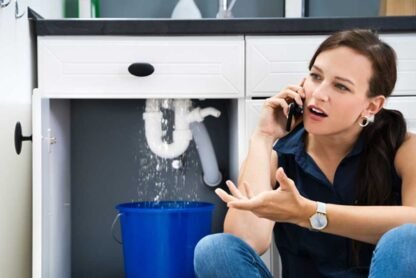Winter is just around the corner, so it’s time to start thinking about protecting your home from the cold. While you may have already started preparing by insulating your windows and sealing any cracks in your walls, don’t forget about your plumbing! Your plumbing company can help you with any winterizing needs, but here are a few tips to get you started.
Insulate Your Pipes
The first step to winterizing your plumbing is to insulate any exposed pipes. This includes pipes in unheated areas like your garage, basement, or attic. You can use pipe insulation sleeves or wraps, which can be found at most hardware stores. Cover any cracks or openings in the insulation to prevent cold air from getting in.
Disconnect and Drain Outdoor Hoses
Leaving your outdoor hoses connected can cause water to freeze inside the hose, leading to freezing and bursting of the pipes inside your home. Be sure to disconnect all outdoor hoses and drain any remaining water. If possible, store your hoses indoors for the winter.
Keep Your Thermostat Set Above 55°F
While you may be tempted to turn down the heat when you’re not home, keep your thermostat above 55°F to prevent your pipes from freezing. If you’re going away for an extended period of time, consider turning off the main water supply and draining all of your pipes to prevent any potential damage.
Let Your Faucets Drip
On particularly cold nights, let your faucets drip slightly. This will keep water flowing through your pipes, making it less likely for them to freeze. It may seem counterintuitive to intentionally waste water, but the cost of a small drip is nothing compared to the potential cost of repairing a burst pipe.
Seal Any Cracks or Openings
Walk around your home and inspect for cracks, openings, or gaps where cold air could get in. Pay special attention to areas where pipes enter your home, such as near the foundation or through an exterior wall. Use caulk or foam insulation to seal these areas and prevent cold air from getting in.
Know Where Your Main Water Shut-Off Valve Is
In case of an emergency, it’s essential to know where your main water shut-off valve is located. This will allow you to quickly and easily turn off the water supply if a pipe does burst. If you’re unsure of its location or how to use it, consult with your plumbing company for assistance.
Winterizing your home plumbing is essential in protecting your home from the cold. By following these simple steps, you can ensure your pipes stay safe and secure throughout winter. And if you encounter any issues, don’t hesitate to contact your trusted plumbing company for help. Schedule a consultation now!









